Dr. Harekrushna Mahtab: A Multi-Faceted Personality
Pradeep Kumar Panda Darshan Samikhya Bhubaneswar
Utkal Keshari Dr. Harekrushna Mahtab, was a great freedom fighter, politician, administrator, historian, writer, social reformer, journalist—all harmoniously blended in one. His entire life, beginning from the school career till his last breath, is a saga of his courage of conviction, inexorable tenacity of purpose, his unswerving self confidence and dogged determination. Being profoundly influenced by many eminent persons like Vivekananda, Mahatma Gandhi, Gopabandhu and Madhusudan he began his eventful career and he was not only an inspired person himself, but a source of inspiration for thousands of others.
It was during his study at Ravenshaw College Cuttack that Dr. Mahtab was associated with ‘Bharati Mandir’, an organization formed at Bakharabad, Cuttack in 1919 for disseminating nationalist ideas. The Bharati Mandir sent three delegates namely Jadumani Mangaraj, Bhaghirathi Mohapatra and Harekrushna Mahtab to attend the Calcutta Session of the Indian National Congress in 1919. In response to Gandhiji’s clarion call for non-cooperation in 1921, he left his studies at Revenshaw College and devoted to organizational work in Balasore.
During the visit of Gandhiji in December, 1927 Dr. Mahtab arranged for his stay at 114 Charbatia in Balasore district. He availed of the opportunity to discuss with Gandhiji about the once flourishing salt industry of Odisha, which had provided employment to thousands of families and how the monopoly policy of the British Government subsequently reduced them to utter impoverishment. In 1924 at its Lahore Session, the Congress Party resolved to launch Mass Civil Disobedience Movement. Like Dandi on the West Coast, Inchudi on the Balasore was selected by the Utkal Pradesh Congress Committee for breaking the Salt laws. The Committee under the presidentship of Dr. Mahtab decided to launch the Civil Disobedience Movement. A batch of 21 volunteers was selected to proceed from Cuttack on foot to Inchudi with Gopabandhu Choudhary as the leader. Mahtab and Gopabandhu Choudhury were arrested at Balasore and convicted for one and half a years imprisonment. From the Government fortnight report for the first half of May, 1930, it is known that in Balasore the Salt Campaign continued. Two processions with 500 men in each were intercepted by the police when conveying contraband salt to Balasore town. In the second case. the aid of the military police was sought before the cordon could be broken through and the salt seized. However, the manufacture of salt continued ceaselessly in the Balasore coast till the advent of the rainy season in spite of the brutalities committed by the police and the soldiers. Even the Government admitted that the campaign has been pushed more energetically in Balasore than it has been in Bihar…. Next to Dandi, Inchudi was the most important storm centre of Salt Satyagraha in India.
At Karachi Session of the Indian National Congress, Gopabandhu Choudhary and Nilakantha Das proposed to host the 46th Annual Session of the National Congress at Puri. For the next Congress Session at Puri, a reception committee was formed with Nilakantha Das, Gopabandhu Choudhury, Jagannath Mishra and Harekrushna Mahtab as Chairman, General Secretary, Treasurer and Sena Nayak (Chief of Volunteer Corps) respectively.
Gandhiji attended the Second Round Table Conference held in London in September, 1931. As his visit was futile, he had to come back in despair. Dr. Mahtab and his wife Smt. Subhadra Devi were arrested. As the Government took the sternest measure to crush the movement in arresting most of the leaders, unleashing barbarous repression, censuring the press, outlawing the Congress Party and seizing the Congress office and property. The Annual Session could not be held at Puri.
In the year 1938 Dr. Mahtab was elected President of Utkal Congress. He had an ample opportunity to lead the Congress Working Committee by his sincere efforts. The Congress Working Committee passed a resolution asking the British to quit India on 8th August 1942. Gandhiji gave a call to the British in a mammoth meeting at Mumbai to quit India. He called upon the people of India irrespective of caste and community to do or die to make India free. Dr. Mahtab was arrested in Mumbai along with Pandit Nehuru, Sardar Patel, Maulana Azad, Govind Ballabh Pant and other members of the Congress Working Committee and they were imprisoned in Ahmednagar Fort. After being released Dr. Mahtab conducted the Orissa Assembly Election 1946 and led the Congress to get absolute majority. He was unanimously elected as leader of the Congress Legislature Party and became the Premier of Odisha. Dr. Mahtab’s first Premiership from1946 to1950 and again from 1956 to 1961 were eventful for the province. It was during his Chief Ministership that the decision to make the historic city of Bhubaneswar as the Capital of Odisha was finalized. Dr. Mahtab ignoring all other considerations got the following resolution unanimously passed in the Odisha Legislative Assembly on 30th September 1946. ‘That the capital of the province be located at Bhubaneswar and steps be taken to construct the building of the capital as early as possible. Accordingly, the capital was shifted to Bhubaneswar on 10th October, 1949 when the Legislative Assembly started functioning in a temporary building.
Dr. Mahtab’s keen interest in the industrialization of Odisha resulted in the establishment of the Odisha Textile Mills and Kalinga Tubes at Choudwar. In this effort the dynamism of Bijayananda Patnaik (Biju Babu) was immensely helpful. The Odisha Mining Corporation, the Refractories at Rajgangpur and Belpahar, the Ferro Manganese plant at Rayagada and Joda, the Kalinga Iron Works at Barbil, The Aluminium Plant at Hirakud and the large scale exploitation of the mineral resources of Odisha were Dr. Mahtab’s significant contributions.
During Mahtab’s Chief Ministership from 1946 to 1950 he pleaded with the Centre, particularly with the last two Viceroys – Lord Wavell and Lord Mountbatten for giving special attention to Odisha in view of the fact that economically Odisha had been neglected throughout the British rule. Lord Wavell who considered Dr. Mahtab to be a reasonable and rather attractive person, has made the following observation about Dr. Mahtab’s concern for Odisha’s economic development in his journal on 8th April, 1946, ‘Later came the Premier of Odisha, Mahatab, to plead in rather a simple engaging manner, for benefits for his poor province, a grant-in-aid of 5 crores for development and education was the chief items, for which he seemed almost to expect me to write him out a cheque on the spot.
He was the Secretary of the Congress Parliamentary Party from 1952-1954. He was the Governor of the erst while Bombay Province from 1955 to 1956 and an elected member of the Parliament from 1962 to1967 and also acted during 1962- 63 as the Deputy Leader of the Congress Parliamentary party. In 1967, Dr. Mahtab resigned from the Congress and formed the regional party called ‘Jana Congress’ and in the same year he was elected to the Odisha Legislative Assembly from both the Bhubaneswar and Basudevpur Constituencies. In the Assembly Election of 1972 and 1974 he was elected from Bhubaneswar Constituency.
In order to spread patriotism among the Odias he published a weekly paper named ‘Swaraj Samachar’ from Balasore. Hereafter he published an Odia daily ‘The Prajatantra’ in 1923 but this paper was stopped on account of his imprisonment in 1930. In 1941 he published another Odia weekly named “Rachana.” He patronized culture, history, literature, journalism and sports. He founded ‘The Prajatantra Prachar Samiti’ in 1947 which served as a socio-cultural museum of the Odias. On the eve of independence on the 9th August 1947, he revived his daily mouth piece ‘The Prajatantra’ whose publication had ceased long back. Then he published the Eastern Times (the then English daily) and the Odia monthly ‘Jhankar.’ Every year ‘Vishubamilan’ is held on the day of Vishuba Sankranti. It became a great literary annual event in Odisha in which he used to attend this function to exchange views with writers and poets. Different branches of Prajatantra such as Minabazar, a children’s magazine, Nari Jagat meant for women and the weekly literary editions of the Prajatantra and Mahtab’s own serial writings under the title ‘Gaon Majlis’ have created literary,intellectual and political ferments in the public life of Odisha. He won the prestigious Central Sahitya Akademi award in 1983 for his collections of essays, ‘Gaon Majlis’.
Dr. Mahtab’s contribution to the literary renaissance of the State was as significant as his role in the political upheaval of Odisha. He was an eminent poet, novelist, essayist, historian and journalist. He was the first Odia to have written authentic Books on History of Orissa both in English and Odia. His other books in English are Gandhi, the political leader, The beginning of the end, call to Action, towards serving the Nation. Among the novels Prativa, Toutar, Abyapara, Nutana Dharma, Trutiya Parva and ‘1975’ are important. In recognition of Mahtab’s literary and intellectual achievements, the Andhra, the Saugor and the Utkal Universities conferred on him doctorates, honoris causa.
Mahtab was more than an individual. He was an institution. Sardar Patel, greatly enchanted by the Himalayan personality of Mahtab, wrote on his fifty-first birth day, “While history will always remember you as maker of Modern Odisha, country will cherish you as one of its brave and dutiful son.” Truly speaking, Dr. Mahtab was the greatest personality with his splendid qualities of strong determination in the pre and post- independence days of Odisha. Deep Homage.


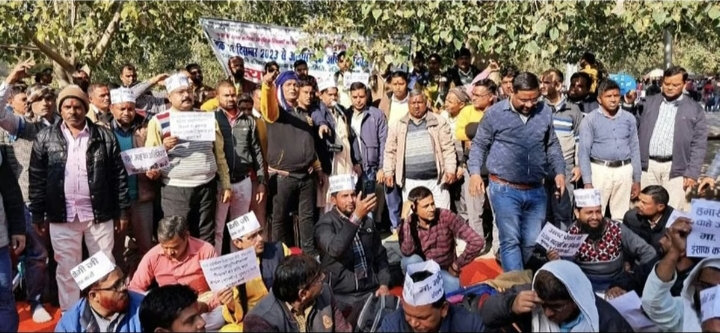
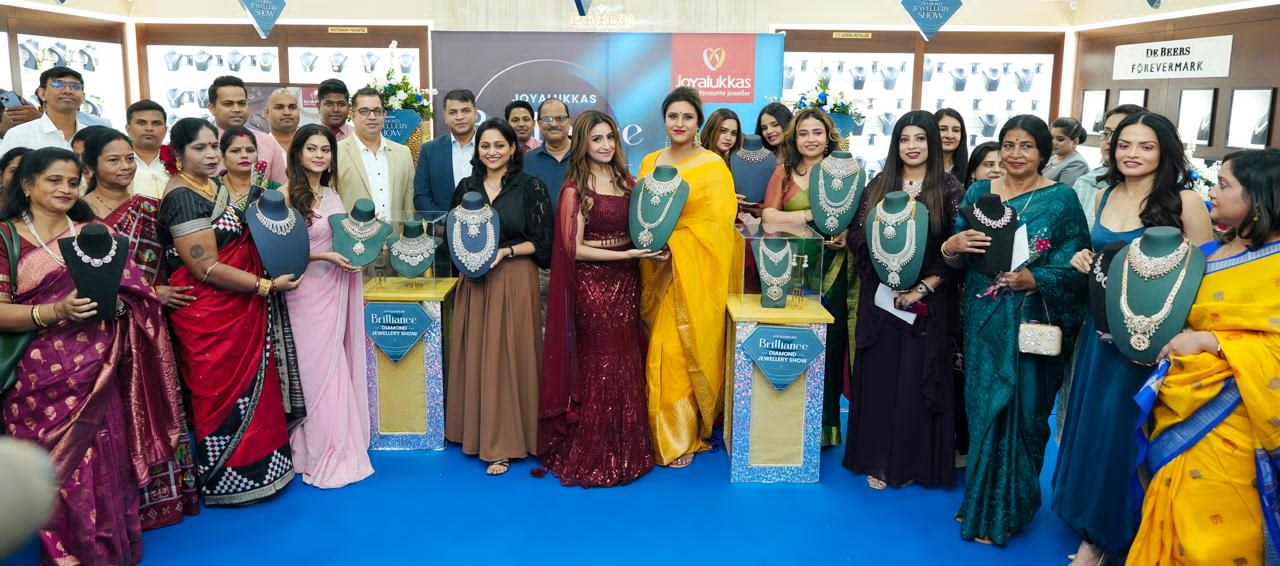

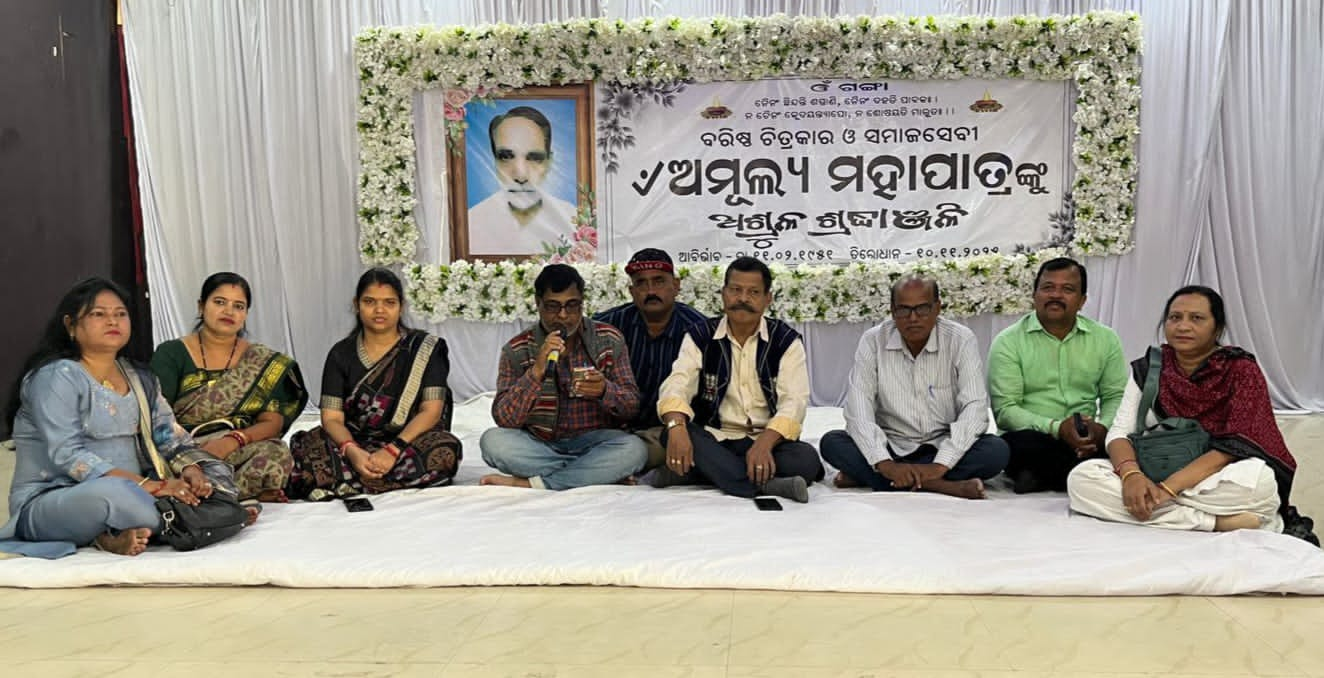



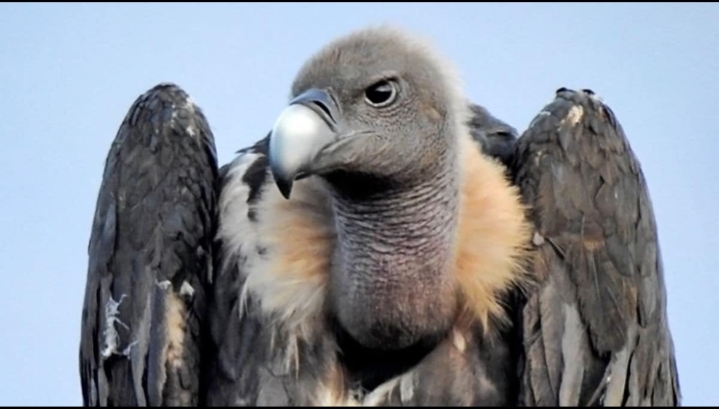
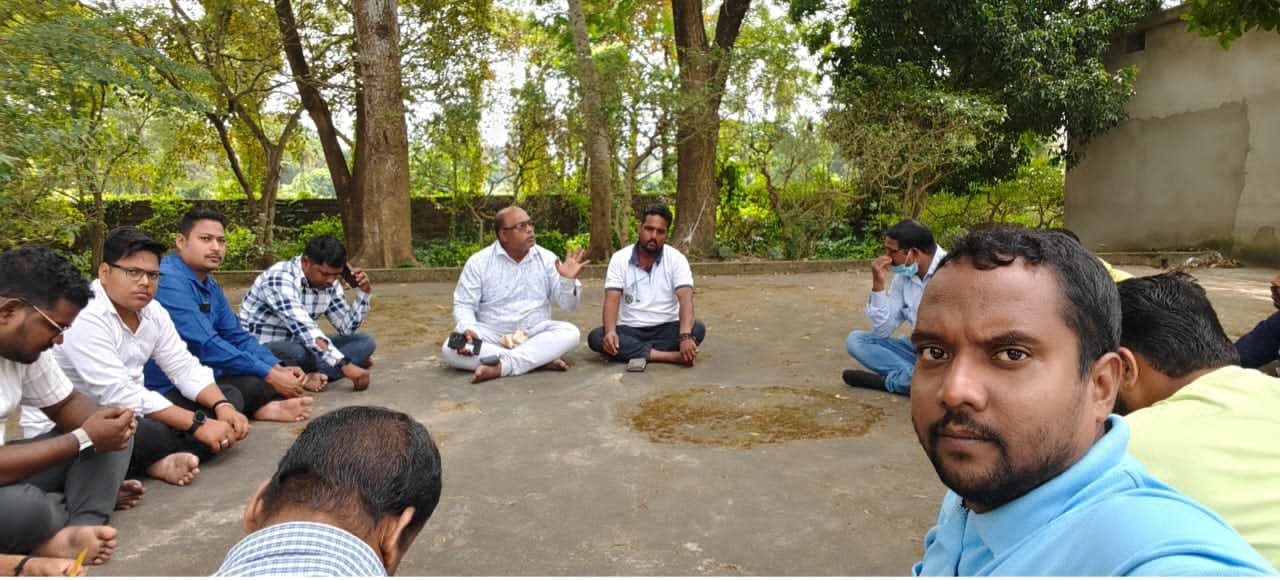
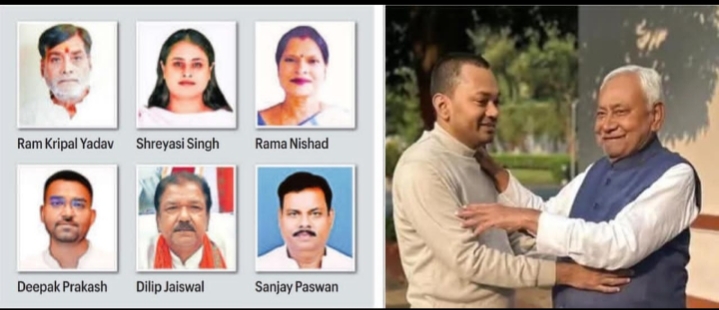
Leave a Reply